 May 2024
DNA across the universe - the new Noah’s Ark?
May 2024
DNA across the universe - the new Noah’s Ark?
... and creator of the KS-1Q student amateur radio satellite that flew on the CZ-11 rocket that launched the XPNav pulsar navigation satellite on 9 November 2016 from Jiuquan. The capsule containing the DNA of South China Tiger, Kang...
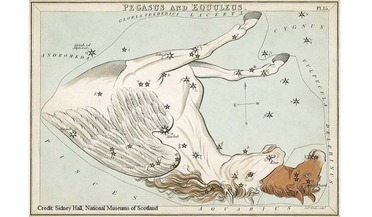 26 June 2015
From WASP-142b to supernovae: Tom Wagg’s planet and other discoveries by teenagers
26 June 2015
From WASP-142b to supernovae: Tom Wagg’s planet and other discoveries by teenagers
... discoverers. In recent years, Hannah Mabry and Jessica Pal, two high school students in Kentucky, each found a pulsar after studying radio telescope data. Back in 2008, Caroline Moore, an amateur astronomer living in New York State...
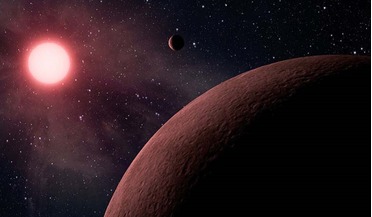 19 January 2016
Giant double-planet system around an evolved star detected by astronomers
19 January 2016
Giant double-planet system around an evolved star detected by astronomers
... of stable configurations, with systems found to orbit around stars with different ages, including binaries and even pulsars. Nevertheless, multiple planetary systems around evolved giants, appear to account for a very small fraction of the planets...
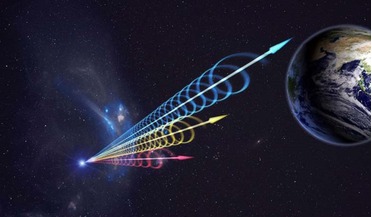 29 February 2016
Missing matter still lost, as Fast Radio Burst not quite what it seems say researchers
29 February 2016
Missing matter still lost, as Fast Radio Burst not quite what it seems say researchers
... burst radio afterglow, and that its existence and timescale was not in line with originating from a pulsar or supernovae. As the team were able to measure the redshift of the burst along with its dispersion signal...
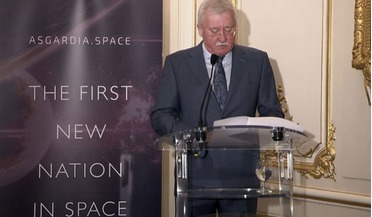 18 October 2016
Plans for first ever Space nation "Asgardia" announced today
18 October 2016
Plans for first ever Space nation "Asgardia" announced today
... stemming from technogenic factors and sun radiation; cosmic radiation from nuclear reactions in novae, supernovae and pulsars; and the danger of Earth infection by microorganisms from meteors and other small celestial bodies. The third...
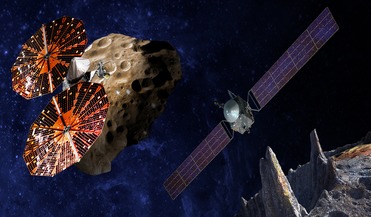 06 January 2017
NASA selects three new missions to study the early solar system and energetic X-rays from black holes
06 January 2017
NASA selects three new missions to study the early solar system and energetic X-rays from black holes
... at the turbulent and extreme environments of phenomena such as stellar and supermassive black holes, neutron stars and pulsars. The one thing these objects have in common is an abundance of high energy X-ray radiation and clues to the...